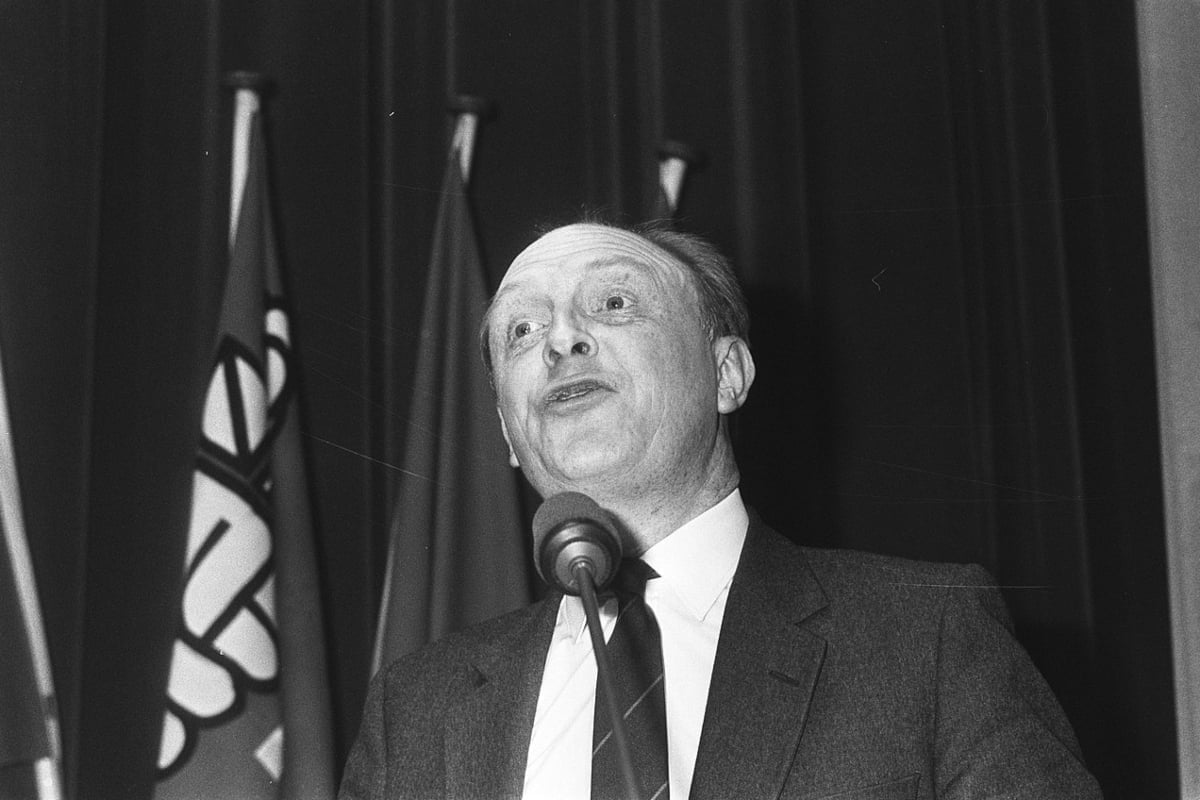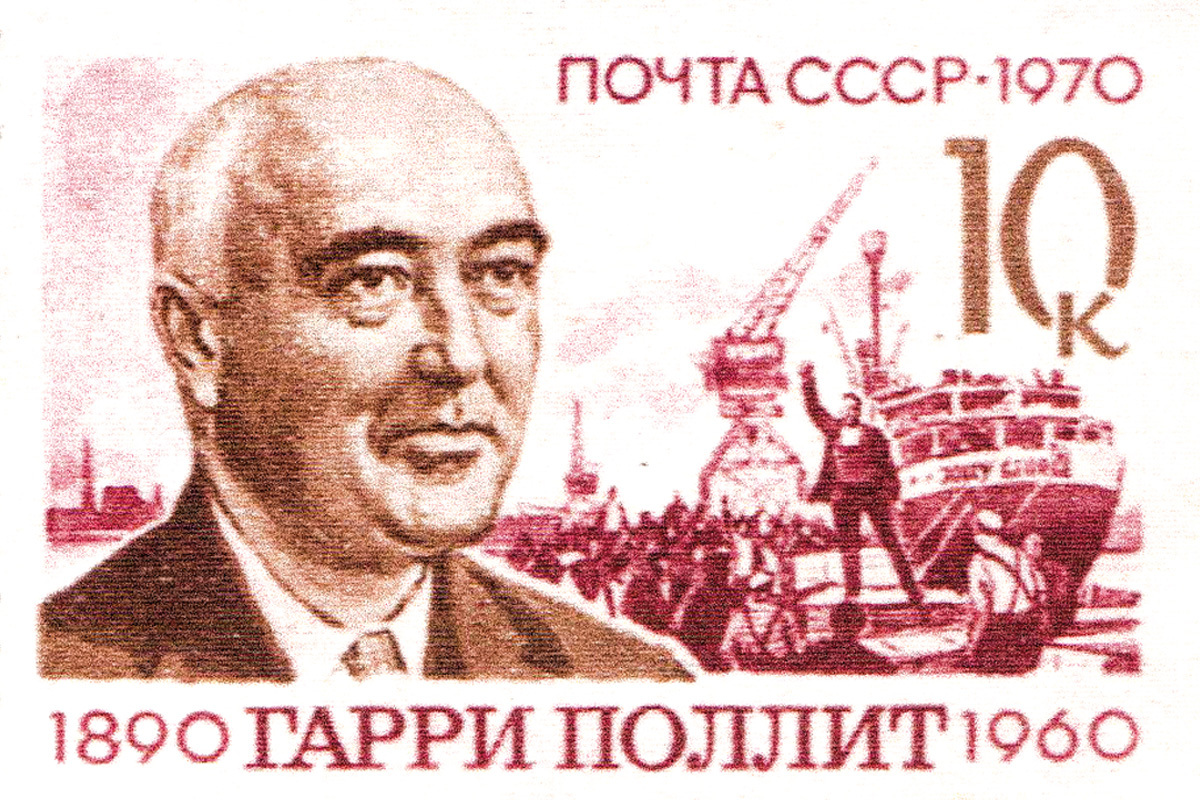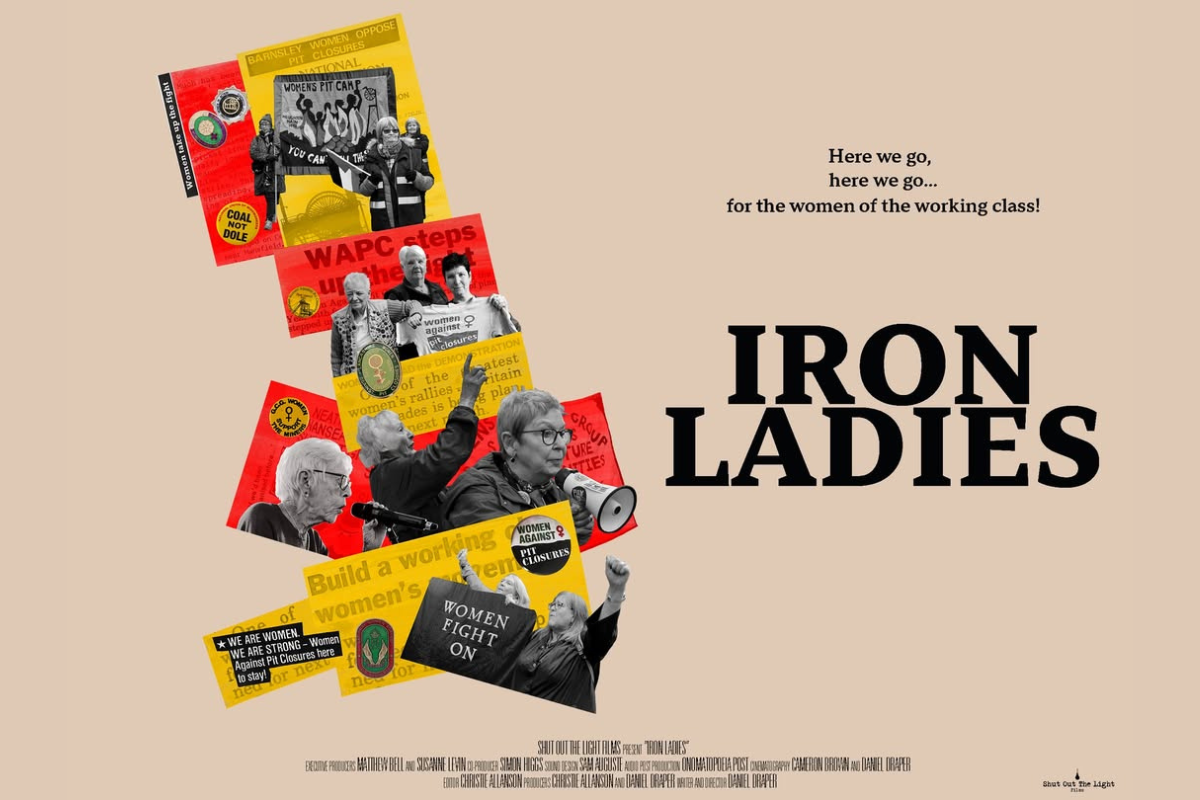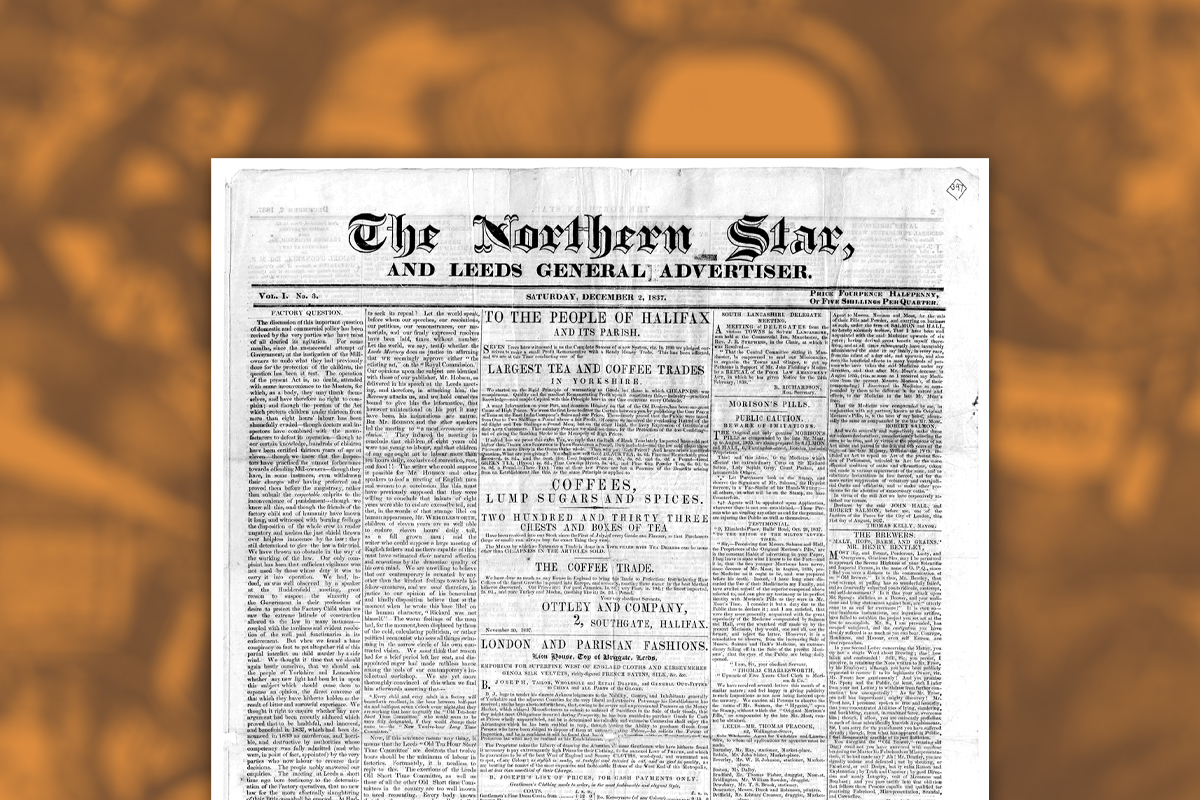Steve Jones continues his look back at the hidden history of the right wing within the Labour Party. In this second part, Steve examines the example of Reg Prentice’s deselection 1975, the split and formation of the SDP, and the role played by Neil Kinnock.
After decades of iron control, the end of the 1960s had started to see a shift in the fortunes of Labour’s right wing. Up to then they had been able to operate in a well-organised (and financed) fashion, backed by a ruthless and single-minded party machine.
In the 1950s, although they had failed to expel Anuerin Bevan and the Bevanites, they had been able to prevent known left-wingers from becoming Labour candidates.
Labour officials at Transport House (the then party HQ) reviewed regular briefings from the Special Branch and reactionary groups like Common Cause to identify any troublemakers who may have shown their faces in local parties.
In 1962, the Labour leadership attempted to extend control over the party ranks, backed by such Witchfinder Generals as Sara Barker, by toughening up the use of the proscribed list of organisations that party members could not associate with. An attempt to expel all Labour Party members who were down as supporting a world disarmament congress via the British Peace Council – a proscribed organisation – backfired when it became clear that amongst those being threatened was Bertrand Russell, who sharply rejected the letter sent by Transport House telling him to withdraw support for the congress. The legal basis for expulsion was also being challenged.
Arising from this, the NEC attempted at the 1962 Labour conference to tighten up the rules in order to get round any legal challenge and widen proscription to include “guilt by association”. Delegates overwhelmingly rejected the rule changes.
In passing, it is interesting to note that whereas today the Labour Right (or “moderates” as they like to style themselves) are at great pains to demand freedom of speech and the right to attack the Labour leader, there was a time when such “rights” were considered expellable offences. The double standards of these people are all too clear, as we have again seen in the current leadership election, with supporters of Corbyn being expelled on spurious grounds and with the sort of contempt for natural justice which recalls Stalin’s purges in Russia.
Reselection
 The 1960s and 70s would see the iron grip of the Right in Labour further loosened, not least because the post-war boom on which reformism rested was clearly coming to an end, never to return on the same scale again.
The 1960s and 70s would see the iron grip of the Right in Labour further loosened, not least because the post-war boom on which reformism rested was clearly coming to an end, never to return on the same scale again.
The old right wing in the unions were starting to be pushed out of their positions as industrial militancy returned to the fore. New social movements were starting to affect even the Labour Party.
By 1968, Sara Barker – the last of the old dinosaurs – had been replaced by Ron Hayward as National Agent. The proscribed list had fallen into disuse (to be abolished in 1972) and central control over the selection of party candidates was wound back – for the time being anyway.
Although some of the old guard still demanded that action be taken against the Left, the more far-sighted of their number decided to play the waiting game.
Where right-wing Labour MPs were deselected, the NEC now took the position that they would not intervene if the CLP had fully followed the rules – the “Mikado doctrine”.
This approach would be tested in 1975 by the Reg Prentice case. Prentice, Labour education secretary and MP for Newham North-West, had shifted so far to the right that his local party had decided that things had gone too far and voted for him to retire at the next election. Prentice protested and presented himself as being the victim of a “Marxist plot”.
However, the NEC, which now had a clear Left majority, supported the local party and a year later Prentice had defected to the Tories (showing his true face), later serving as a junior minister under Thatcher. In the following years other right-wing Labour MPs would also get the boot, including the racist Frank Tomney in Hammersmith North and the aging Sir Frank Irvine in Liverpool, Edge Hill.
The Social Democratic split
A key question then, as now, was clearly the demand for the mandatory reselection of MPs. A growing mood existed in the party ranks, boosted by the above-mentioned cases and by the failures of Labour in office between 1974 and 1979. One-in-eight of all resolutions submitted to the party’s 1977 annual conference was on the subject. After several years of delaying tactics and dodgy vote fiddles to keep the issue from being voted through, the measure was finally passed at the 1979 party conference.
In 1980, the election of the party leader and deputy was moved away from the Parliamentary Labour Party and into the hands of an electoral college comprising the PLP together with the unions and constituency parties.
This was too much for a section of the parliamentary Labour right-wing. In January 1981, a number defected to form the Social Democratic Party (SDP), which immediately got huge support from the Tory press, who saw the opportunity to at least split the Labour vote at the following general election, if not replace it.
The SDPs sole achievement was to help stop Labour winning the 1983 general election, which resulted in a huge Conservative majority even though the Tory vote actually fell. Ironically, Labour’s vote was still high enough that had Ed Miliband been able to match it in the 2015 election then Labour would have won. Later on, as support waned, the SDP dissolved into the Liberal Party to form the Liberal Democrats, with a number of their ranks sneaking back into Labour as part of the Blairite clique.
Warning from history
Many of the SDP traitors had been part of the Manifesto Group in the PLP, formed by the sinister Dickson Mabon in 1974 with the specific aim of fighting the Left. Those right-wingers who had remained with Labour now re-organised around a new grouping (to replace the discredited Manifesto Group) called Solidarity, which was again well financed. It would be noted by their supporters that they would prove far more ruthless at organising to grab positions in the party than was the case with the Labour Left. This is as much a warning for today as was the case then.
On the trade union front, the right wing was also re-organising to regain their traditional influence both over their own organisations and over the Labour Party. They met in 1981 behind closed doors at the posh St. Ermin’s Hotel (from which they would take their name) to start the plotting.
Quickly the right wing begun grabbing union positions on Labour’s NEC, and by 1982 had delivered a right-wing majority to that body. Again it should be noted that Labour’s right wing have never had any problems about organising themselves (and often in secret), whilst at the same time hypocritically harping on about how bad it is that the Left is also organising.
Enter Kinnock
 After Labour’s election defeat in 1983, the party elected Neil Kinnock as leader, replacing Michael Foot. Although on paper a soft-left, Kinnock would quickly move to the right once in office. Lewis Minkin, in his 2014 book “The Blair Supremacy”, notes that “… a growing mutual appreciation had united Kinnock with the mainly right-wing trade union group”. Kinnock’s betrayal of the miners’ strike was just the most visible indication of this process. Under Kinnock the PLP would also move to the right.
After Labour’s election defeat in 1983, the party elected Neil Kinnock as leader, replacing Michael Foot. Although on paper a soft-left, Kinnock would quickly move to the right once in office. Lewis Minkin, in his 2014 book “The Blair Supremacy”, notes that “… a growing mutual appreciation had united Kinnock with the mainly right-wing trade union group”. Kinnock’s betrayal of the miners’ strike was just the most visible indication of this process. Under Kinnock the PLP would also move to the right.
This period also saw a general shift to the right on the part of a layer of so-called “soft lefts” as they sought to accommodate themselves to the new situation. The Labour Co-ordinating Committee was just one such “left” body to slide to the right, and would in time provide additional support for Blairism before being wound-up after the 1997 general election.
Needless to say, the Tory press were more than happy to support the Labour Right as part of the fight against the “Loony Left”, as they liked to put it. With the failure of the SDP, regaining control of Labour was essential for the Establishment.
Under Kinnock, the party machine was also restructured to give more “support” for the party leadership, and it was during this time that the likes of Peter Mandelson (as Director of Communications) started to exert more influence. Minkin notes that under Mandelson, “…the image of rising stars Tony Blair and Gordon Brown were boosted, but competitors…were disadvantaged or even undermined.”
To widen the influence of the right-wing inside the party ranks, Labour First was formed in 1988, described by some as being a “pre-Blairite” group.
Minkin records that by 1990 a senior party official was already telling him that the next step would be to “get rid” of the unions. The 1990s would see this aim pushed into the open, as Labour’s right-wing now sought to complete what the SDP in the 1980s had failed to do.






